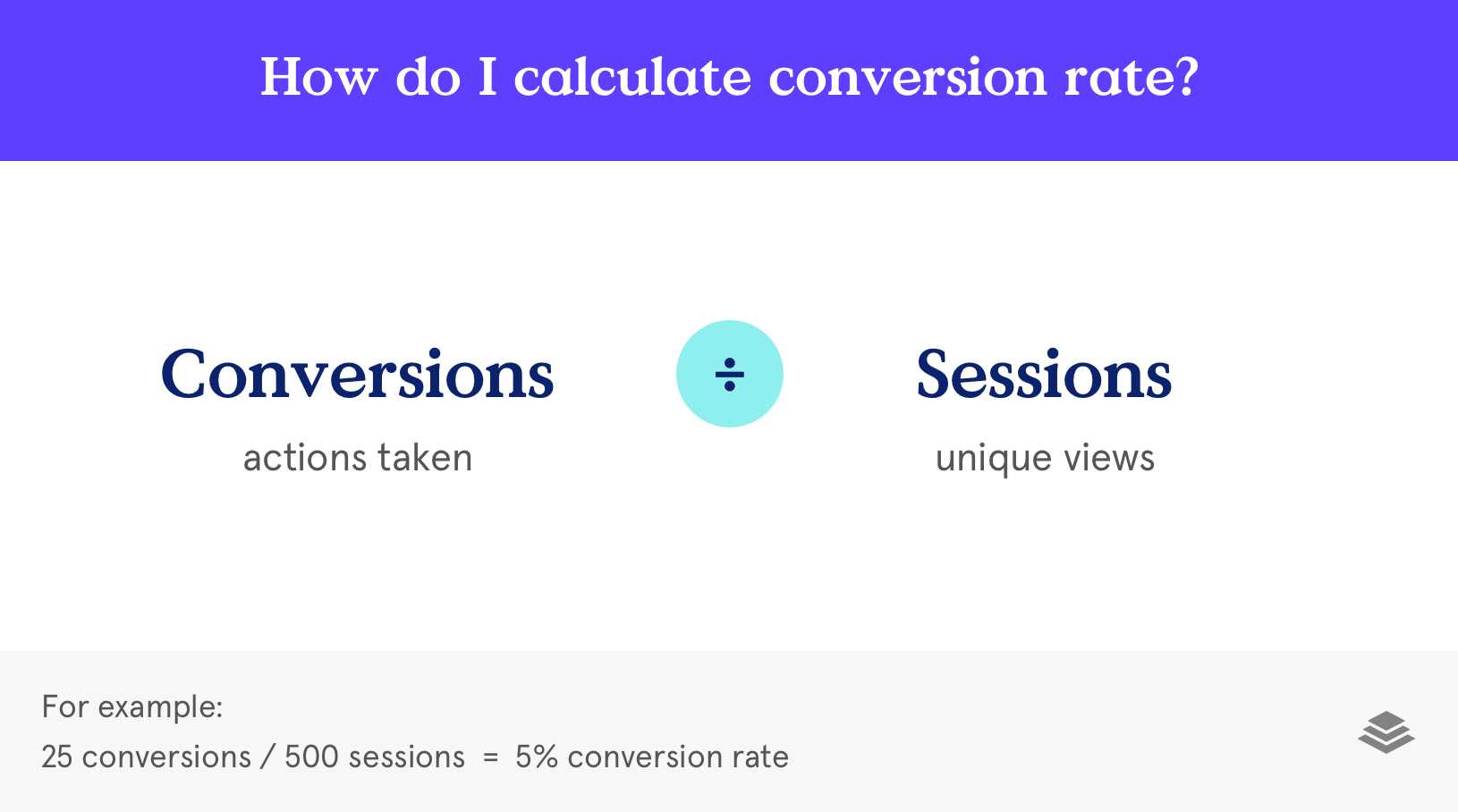How Do I Calculate My Conversion Rate?
Your conversion rate measures the performance and effectiveness of your landing page or website page. It’s the number that tells you how many people are taking a specific action that drives your business forward.
So how do you calculate conversion rate? What do these calculations do for your conversion rate optimization?
What is a conversion rate?
Your conversion rate tells you how many page visitors are taking the desired action.
For example, you want visitors on your landing page to input their email to receive a PDF downloadable. That’s the “action.” When someone takes that action, they “convert” from a visitor to a lead.
The number of people who input their email is the number of conversions your page has and measures how successful your page is at getting those conversions.
Another example would be making a sale on a sales page. The lead then “converts” into a customer once they’ve made a purchase. How many leads are becoming customers? This tells you how successful that sales page is.
How to calculate conversion rate
Let’s do some math to get your conversion rate. Take the number of people who took the “conversion action” and divide it by the total number of sessions or views.
The website conversion rate formula: # of conversions ÷ # of views/sessions

Let’s look at sales on your sales page as an example. The goal of the page is for customers to make a purchase.
Your sales page gets 500 unique views. These are referred to as “sessions.”
Note:
This can include the same visitor viewing more than once. For example, you could have 400 unique visitors with 500 sessions (unique views), if some of your viewers visited more than once.
Now, of those 500 views, you make 25 sales.
To get your conversion rate, you divide 25 (conversions) by 500 (sessions) and get 0.05. This means you have a 5% conversion rate for that sales page.
That may sound low, but that’s actually pretty good for a sales page rate. We’ll get into what a “good” conversion rate is in a little bit.
Let’s look at another quick example, but with backward math. Let’s say the goal of your landing page is to collect emails in exchange for a lead magnet. Your landing page is currently converting at a rate of 3%. You have 10,000 unique views. How many email addresses are you getting? Multiply the number of views (10,000) by the conversion percent (0.03), and you’ll get the number of conversions you’ll end up with (300). So you’re getting 300 emails.
How to find and analyze conversion rate data
You can use your Leadpages analytics dashboard or your Google Analytics to find this data and see how many visitors are on each page and which actions those unique visitors have taken. For a complete understanding of how your web visitors behave, easily ad tracking code to your website and landing pages (such as your Google Analytics tracking code or Facebook Ad pixel) to track specific actions, like Facebook ad conversions or blog subscribers or landing page purchases.
You can also manually calculate your conversion rate by seeing how many people visited a page versus how many people converted.
Calculate conversion rate in Excel
If you’re making continuous adjustments to your landing page or website content and want to track your conversion rate and content changes, keep a running log in Excel.
For a basic calculation, you just need three columns. Column 1 is conversions, column 2 is sessions, and the third column will be your calculated conversion rate, then add notes about the content changes you’ve made and results of past split tests.
What’s most important is to use Excel to capture and track all of your tests’ learnings. Utilize a new sheet for each variable, and keep track of everything you learn. This can help you make decisions in the future, not only for that specific page but also for other pages moving forward. The more data you keep track of, the better (and easier) you’ll be able to optimize engagement and conversion.